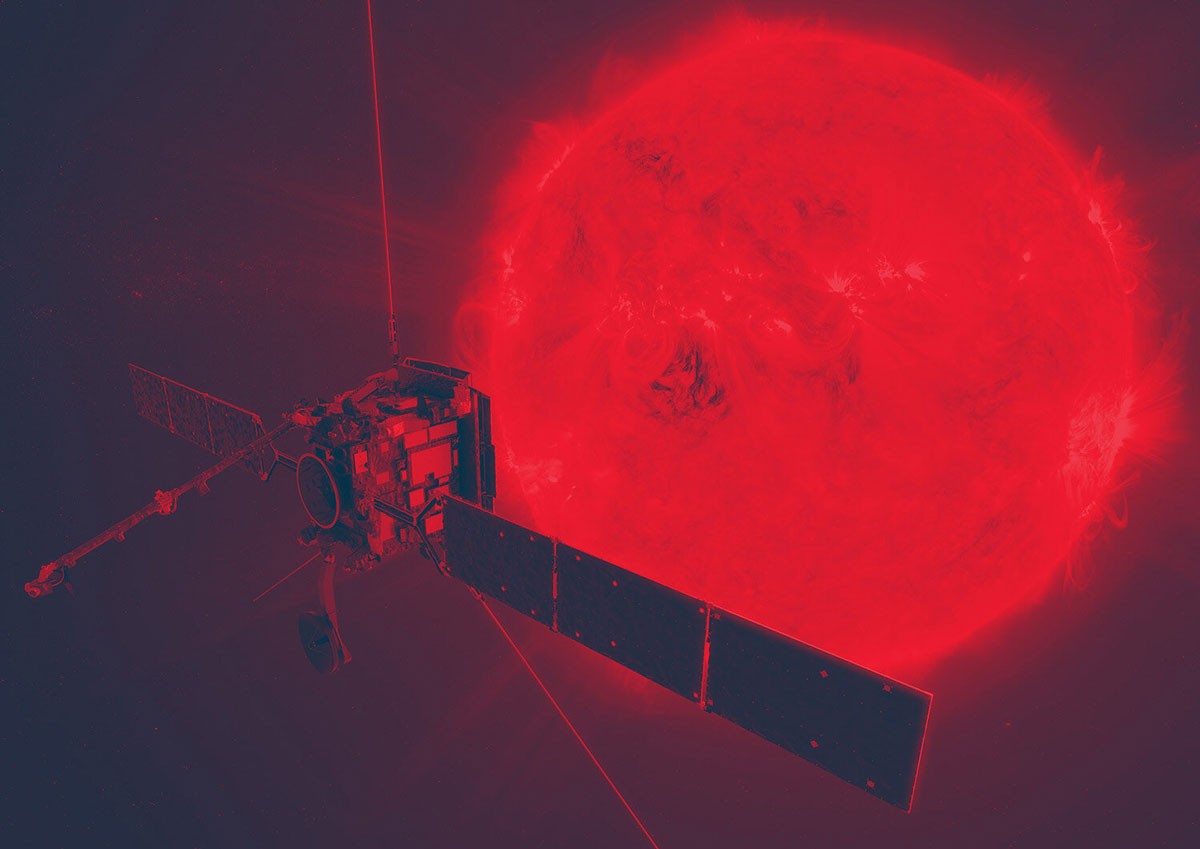Satellite that will photograph solar poles has Portuguese tech
The European satellite that will allow to obtain the first images of the poles of the Sun, Solar Orbiter, with a new launch date scheduled for February 8, has Portuguese technology, from the companies Critical Software and Active Space Technologies.
The mill, whose launch was scheduled for February 5 and 6, will be sent into space on February 8, at 4:15 am (Lisbon time), from the base of Cape Canaveral, in the United States, according to the most recent calendar released by the European Space Agency (ESA), which conducts the mission in conjunction with the American counterpart NASA.
Critical Software designed several satellite software systems, such as the central command and control, fault detection and recovery and thermal behavior management systems, according to company information.
Again, the mission of the Solar Orbiter will make it possible to obtain the first images of the Sun’s poles, considered the key to understanding the solar activity and cycle.
On the other hand, ESA stresses, it will be the first European satellite to enter Mercury’s orbit and explore the connection between the Sun and Earth to better understand the extreme climate in space.
The device, which will be 42 million kilometers from the Sun at its closest approach, equivalent to a quarter of the distance that separates the Earth’s star, is equipped with ten instruments to observe the Sun’s turbulent surface, its outer atmosphere and the changes in the solar wind (continuous emission of energetic particles from the corona, the outermost layer of the solar atmosphere).
The Solar Orbiter, prepared to withstand temperatures of 500ºC, will work in addition to the North American probe Parker Solar Probe, in orbit since 2018, and which has four instruments to study the Sun’s magnetic field, plasma, energy particles and the solar wind.
The NASA probe will be closer to the Sun than Solar Orbiter, 6.2 million kilometers in its closest approach to the star, and will travel through the innermost layer of its atmosphere to observe how energetic particles circulate in the corona.
Both devices use gravity from the planet Venus to approach the Sun.
Solar Orbiter’s first approach to the Sun is expected in February 2021.
Scientists hope to obtain with this satellite answers about what leads to the acceleration of energy particles, what happens in the polar regions due to the action of the magnetic field, how the magnetic field is generated in the Sun and how it spreads through its atmosphere and through space, how radiation and plasma (ionized gas formed at high temperatures) emissions from the corona affect the Solar System and how solar flares produce the energetic particles that lead to the extreme space climate close to Earth.






